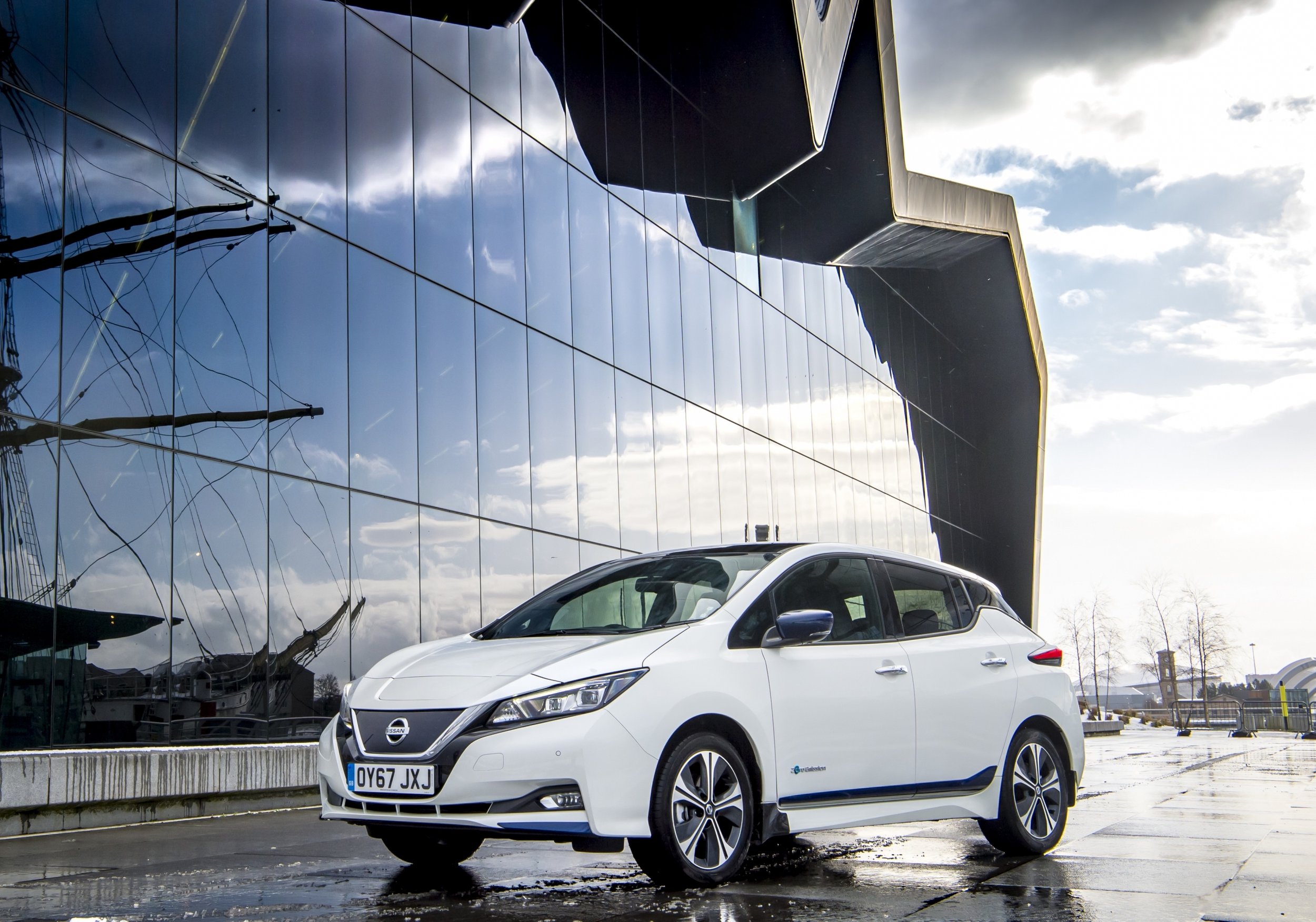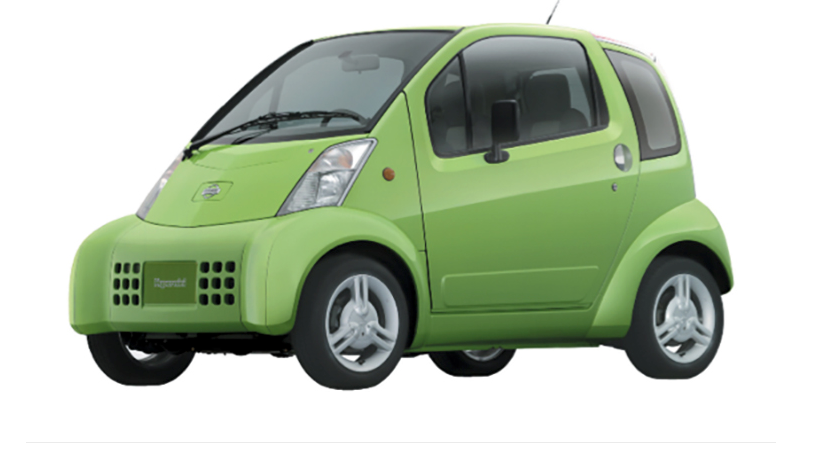Leaf set to drop from Nissan family tree?
/Nissan’s boss in Europe says a small crossover will replace the ubiquitous electric hatch.
IS the country’s most popular electric car by volume set to power down?
Comment from a senior Nissan executive suggests so for the Nissan Leaf, a compact five-door hatchback that holds status as the world’s first mass-produced electric vehicle.
In an interview with British weekly Autocar, published on line yesterday, the firm’s Europe boss has said a new crossover EV set to be built at the make’s Sunderland plant in the United Kingdom has been designated as a Leaf replacement.
Although Sunderland is just one of three locations producing the car - the others being Smyrna, Tennessee, United States, and Oppama, Japan – the comment from Guillaume Cartier is being translated as a global decision.
Nissan’s plans to use Sunderland, from where some NZ-market Nissans have been sourced – most notably the current and new Qashqai that is petrol in present format but will go to an e-power (petrol-assisted, but electrically-driven) drivetrain in a new model arriving in February - as the primary (and perhaps only) supply point for the new crossover were shared in July.
That scheme is core to a massive investment in the factory to secure its future. Back then there was speculation the new car would replace the Leaf, but this was only confirmed yesterday by Cartier.
Autocar says the Leaf replacement will base on the Renault-Nissan-Mitsubishi Alliance’s CMF-EV platform.
Nissan Sunderland produced the 500,000th Leaf in 2020.
There’s still plenty of time for the current Leaf, as the transition won’t happen until 2025.
By mid-decade, Autocar says, Nissan’s core future model line-up will include five models, all of them electrified crossovers: the Juke, Qashqai, Ariya and X-Trail, plus the Leaf replacement.
This roll-out complies with a bigger picture strategy by the Japanese car maker to drop conventional models in Europe, such as sedans, hatchbacks and station wagons.
However, it will turn to its Alliance partners, Mitsubishi and Renault, to source underpinnings for other segments, chiefly a small car to replace the Micra.
Nissan expects 80 percent of its sales to be full EVs by 2030 and by 2025 will have electrified its entire range with either full EVs or its E-power hybrid option.
Nissan chief executive Makoto Uchida also recently confirmed that the company will not be investing in hydrogen technology, instead choosing to focus on battery-electric vehicles.
“Our competitors have many solutions for technology.
“For us, we decided EVs. We used to have hydrogen technology at Nissan, and maybe in a different world, we still would. But so far, this (EVs) is our asset, and what we want to be on."
Potential for the Leaf nameplate to transfer to the new car is always there, but it could be that Nissan might prefer a fresh name as part of the fresh start. It might also want a name that shows greater familiarity with the Ariya, a larger fully electric crossover now going into production and conceivably one day bound for NZ sale.
Nissan’s first production electric was the 1947 Tama light truck.
Nissan NZ has yet to comment about that; however, there is the challenge of it being tied in product decisions to Nissan Australia, which some months ago said Ariya was not a priority because of our neighbour’s low interest in electrics, mainly at political rather than purchasing level.
The Leaf’s proliferation on NZ roads clearly evidences how different things are here though, ironically, the car’s success here has hardly been beneficial to the official distributor.
The irony of Leaf being here is such count as to easily be the country’s most prolific EV is purely down to NZ having allowed, since the 1980s, used cars from other countries, notably Japan.
Had Leaf only been offered as a NZ-new car, it almost certainly would not have gained anything like the same penetration.
The price of the model being the world’s first mass-produced EV – by going into production in 2010, it beat the more expensive Tesla Model S by around two years – was that its technology carried a big price tag as a brand-new car.
That margin did not show in the ex-Japan used examples, sometimes in identical specification to the NZ-market car, rolling in during the period the distributor was trying to sell factory fresh examples.
Pre-owned meant going without a factory warranty and putting up with Japanese market fixtures (notably audio and sat nav configured for the home market) and settling for cars with an unknown past usage … but the immense savings made any risks worthwhile.
Nissan worked hard to draw attention to the first generation Leaf, even running it in the 2011 Pikes Peak hillclimb.
Nissan NZ pulled the original Leaf within two years of introduction and though it has returned the car to its menu since, sales of NZ-new examples remain desultory at best.
Internationally, the Leaf has begun to wilt. Many critics say it has fallen behind in styling - it looks inoffensive but plain – and, as Nissan has recognised, the traditional hatch format hasn’t helped in a world where the SUV is king.
There have been technical issues too with its battery technology, which eschewed so-called active cooling.
Most of the latest electric car batteries use coolant to keep battery temperatures down, but Nissan went for a less aggressive method seeking to use air flow.
That won’t be repeated with the Ariya, which is believed to include active battery cooling, or with and the smaller SUV from Sunderland, will also likely to incorporate improved cooling.
The Leaf’s set-up has led to problems of charging on long journeys in hot weather, where the battery becomes much less able to take on charging leading to drastic shortening of range.
Also, as the cars age, the batteries begin to lose range and efficiency; this factor – and how to combat, if not remedy it – is the primary discussion point on EV owner forums in NZ, with plenty of chat about SOH. This stands for the ‘state of health’ of the battery and refers to how much capacity the battery still has compared to when it was new. Some are woeful.
Comment there suggests the national fleet includes many Leafs, particularly earliest generation types, that can barely motivate themselves for meaningful journeys now.
In respect to that, though, Kiwis are perhaps expecting more from the oldest Leafs than their maker ever did – particularly in respect to open road performance. The Leaf is capable of this, but the original was first and foremost designed as an urban driving car, not an open road inter-city commuter.
A review of the used Leaf scene published by Stuff was spot on in summarising: “It’s the most popular used electric vehicle in NZ but … the quality of the models on offer varies quite a lot.”
While Leaf is considered the atypical Japanese EV, the greater percentage of its global sales tally has actually come from Europe, followed by the United States. Japan has been the car’s third biggest market.
Altra (above) and Hypermini (below) were first modern era Nissan electrics and introduced lithium ion batteries.
Nissan’s effort to steer drivers toward electric should not be undervalued, though, and its history undermines populist view that Elon Musk and Tesla were the biggest forces for change.
The Americans have been more successful in gaining the spotlight – and yes, the Model 3, in 2019, nabbed the ‘world’s best-selling EV’ title from Leaf - but Nissan’s hard graft began earlier.
Its first electric was the Tama light truck of 1947 and the brand was a global leader with the lithium ion battery tech now commonly favoured.
For one, Leaf was not its first publicly-available EV. It was preceded by the Altra, built from 1998 to 2002. This was an export-only electric version of the R’nessa tall wagon sold in Japan and parts of Asia.
In place of regular selection of four-cylinder engines the Altra had a 62kW electric motor. The car can lay claim to being the first production vehicle with lithium-ion battery. Fully charged, it had a claimed city driving range of around 190km. Top speed was a modest 120kmh. Only around 200 were made.
Also in the rare bird camp is the Hypermini, which as the name suggests was a small city nipper that went into limited production in 1999. Powered by 24kW/130Nm motor, also fed by lithium-ion batteries, It had a range of about 115km and top speed of 100km. With just 219 made, it’s also a collectible.
The first Leaf, with the bulbous look so many Kiwis know so well, unveiled in 2010, front-drive with 80kW and 280Nm. The original fitment 24kWh battery lent a range of around 120km. Later models took a larger 30kWh battery good for around 170km of driving. Around 300,000 original Leafs were sold, most in the US and Japan, although a high proportion were shipped to Norway.
The second-generation, and current, car came out in 2017, arriving with a 110kW/320Nm motor and a 40kWh battery, said to be sufficient for about 240km between charges. Nissan subsequently created a Plus model with a 150kW motor, and a 62kWh battery with a range of up to 364km (in official US testing).
BTW, anyone looking to buy a used Leaf with uncertainty about its state of health will find lots of helpful owners within various on-line forums. There’s also a handy app called LeafSpy, available on iOS, Android and Kindle that can be used in conjunction with a wireless OBD2 adapter to check the battery health.






















